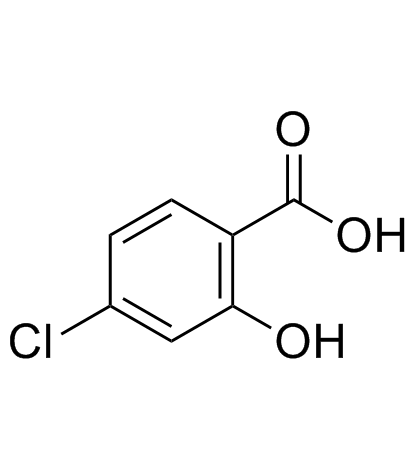Bacterial consortium proteomics under 4-chlorosalicylate carbon-limiting conditions.
Roberto A Bobadilla Fazzini, Agata Bielecka, Ana K Poucas Quintas, Peter N Golyshin, Maria J Preto, Kenneth N Timmis, Vitor A P Martins dos Santos
Index: Proteomics 9(8) , 2273-85, (2009)
Full Text: HTML
Abstract
In this study, the stable consortium composed by Pseudomonas reinekei strain MT1 and Achromobacter xylosoxidans strain MT3 (cell numbers in proportion 9:1) was under investigation to reveal bacterial interactions that take place under severe nutrient-limiting conditions. The analysis of steady states in continuous cultures was carried out at the proteome, metabolic profile, and population dynamic levels. Carbon-limiting studies showed a higher metabolic versatility in the community through upregulation of parallel catabolic enzymes (salicylate 5-hydroxylase and 17-fold on 2-keto-4-pentenoate hydratase) indicating a possible alternative carbon routing in the upper degradation pathway highlighting the effect of minor proportions of strain MT3 over the major consortia component strain MT1 with a significant change in the expression levels of the enzymes of the mainly induced biodegradation pathway such as salicylate 1-hydroxylase and catechol 1,2-dioxygenase together with important changes in the outer membrane composition of P. reinekei MT1 under different culture conditions. The study has demonstrated the importance of the outer membrane as a sensing/response protective barrier caused by interspecies interactions highlighting the role of the major outer membrane proteins OprF and porin D in P. reinekei sp. MT1 under the culture conditions tested.
Related Compounds
| Structure | Name/CAS No. | Molecular Formula | Articles |
|---|---|---|---|
 |
4-Chlorosalicylic acid
CAS:5106-98-9 |
C7H5ClO3 |
|
New bacterial pathway for 4- and 5-chlorosalicylate degradat...
2003-12-01 [J. Bacteriol. 185(23) , 6790-800, (2003)] |
|
Two angular dioxygenases contribute to the metabolic versati...
2008-06-01 [Appl. Environ. Microbiol. 74(12) , 3812-22, (2008)] |
|
Consortia modulation of the stress response: proteomic analy...
2010-09-01 [Environ. Microbiol. 12(9) , 2436-49, (2010)] |
|
Spectrofluorometric determination of trace amounts of terbiu...
2003-06-01 [Anal. Sci. 19(6) , 923-5, (2003)] |
|
Community-based degradation of 4-chorosalicylate tracked on ...
2008-09-01 [J. Microbiol. Methods 75(1) , 117-26, (2008)] |